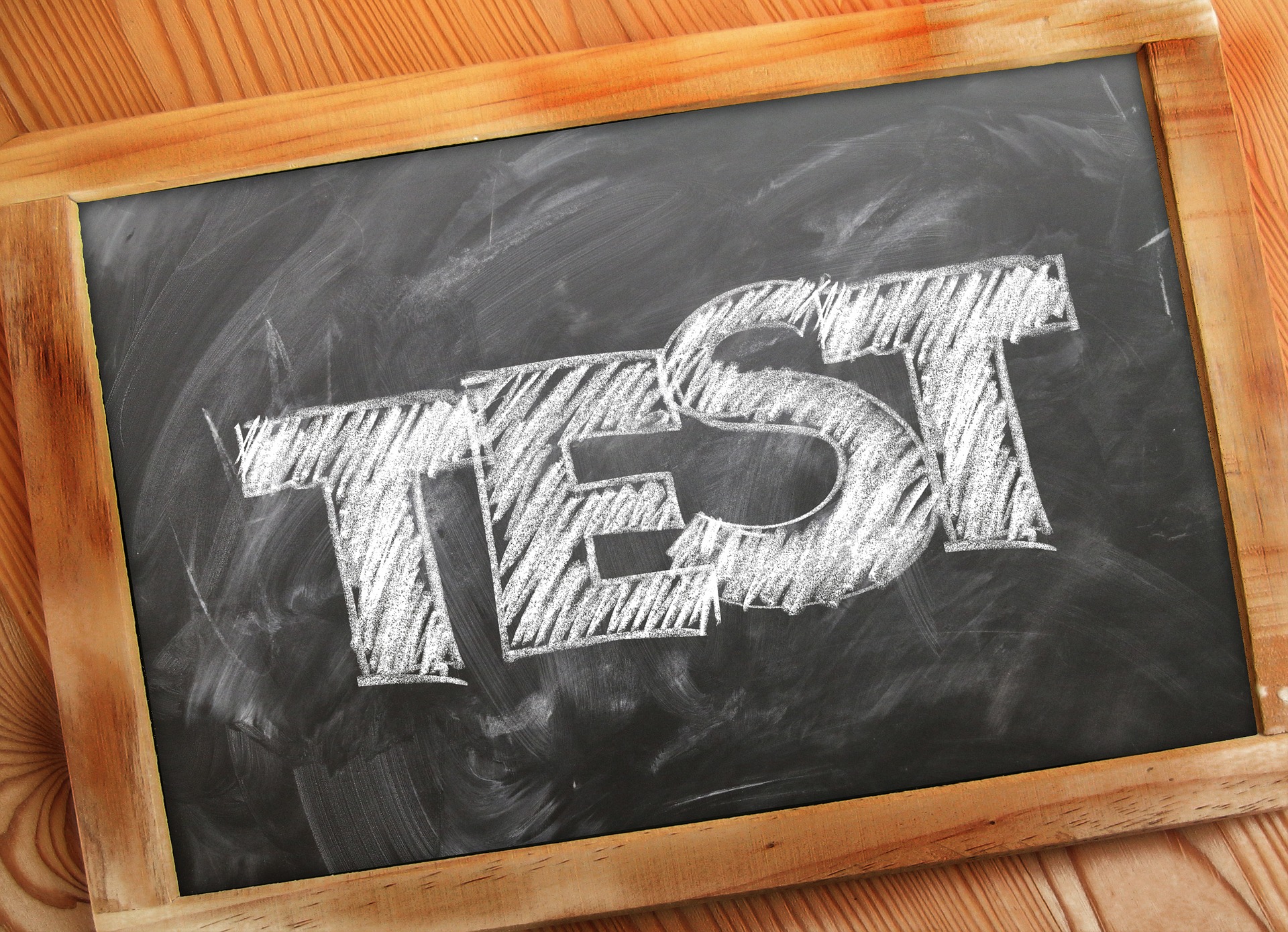Fundamentals of Research Quiz 1
 The following quiz focuses on sampling techniques and basics of the research method.
The following quiz focuses on sampling techniques and basics of the research method.
When looking at a study of how red wine is related to lower heart disease, which of the following is not true about the concept of "bidirectional ambiguity?"
Bidirectional ambiguity is the concept that in a correlational study, since no independent variable is manipulated, it is impossible to know if x causes y, y causes x, if they interact to cause behaviour, or whether it is just coincidental and no relationship truly exists. The type of sample is not relevant in discussing bidirectional ambiguity.
A study carried out by Mikton (2011) found that there is a correlation between the number of hours that students spend on their laptops and their physical health. Which of the following statements would not be potentially true about these findings?
Correlational studies determine relationships between two or more variables, but they do not establish causation.
The sampling method which can be generalized to the widest, most general population is:
A random sample gives everyone the same chance of being chosen to be in the sample, and thus is considered the most "generalizable." That being said, a true random sample is rarely used in the social sciences.
Which sampling method would you be using if you stopped people coming out of the train station to study their attitudes about work stress?
Opportunity sampling is a strategy that is almost guaranteed to introduce bias into your study. It should be avoided. A typical haphazard strategy uses a "man-on-the-street" technique to recruit those who wander by often resulting in a sample that does not accurately reflect the population.
Which approach would argue that stress caused by all of the demands of school is the number one reason for depression in teens?
The socio-cultural approach looks at how our "society" affects us, and this includes environmental factors. While it is true that the way we process stress is internal, and thus you may have answered "cognitive," in this case stress is caused by external factors - that is, by the demands of school.
Which sampling technique makes use of a pre-existing group?
Opportunity samples take advantage of groups that already exist - such as an English class in your school.
When a psychologist carries out research that confirms his or her personal beliefs, there is a danger that the researcher was not objective. The term we use to describe this is:
Researcher bias is a very broad term for when a researcher is not objective. It refers to the planning of, carrying out, and interpretation of results of a study. Expectancy effect and demand characteristics are behaviours of the participants in the study, not the researcher.
Which of the following sampling techniques would be best if you were trying to get a sample of people in Prague that were married to people of another culture?
Because this is a group which may not be easily found, and often cross-cultural couples have friends that are in the same marriage situation for support and friendship, a snowball sample may work best. As researching this topic may be seen as an invasion of one's personal life, it is important that a researcher establish a good rapport (trust) with his/her participants. A snowball sample, in which a participant recommends a friend to the study, helps to establish this rapport more quickly. If your friend says the researcher can be trusted, then you will probably think so too.
Which sampling technique attempts to make the sample reflect the demographic nature of the population?
A stratified sample attempts to reflect the target population from which it is drawn. If your school is 20 percent IB students and 80 percent non-IB students, a stratified sample would want to make sure that 20 percent of the sample of participants would be randomly selected from the IB student population and 80 percent from the non-IB student population so that the sample is more representative of your student body.

 IB Docs (2) Team
IB Docs (2) Team
